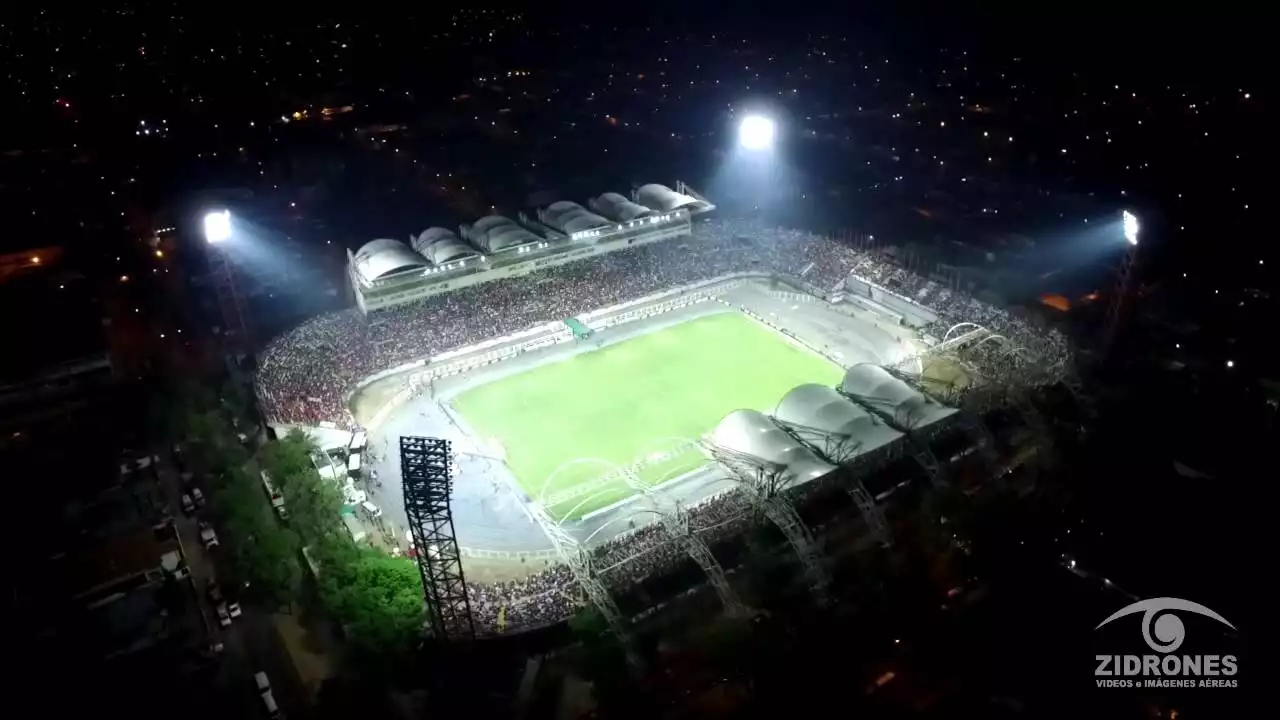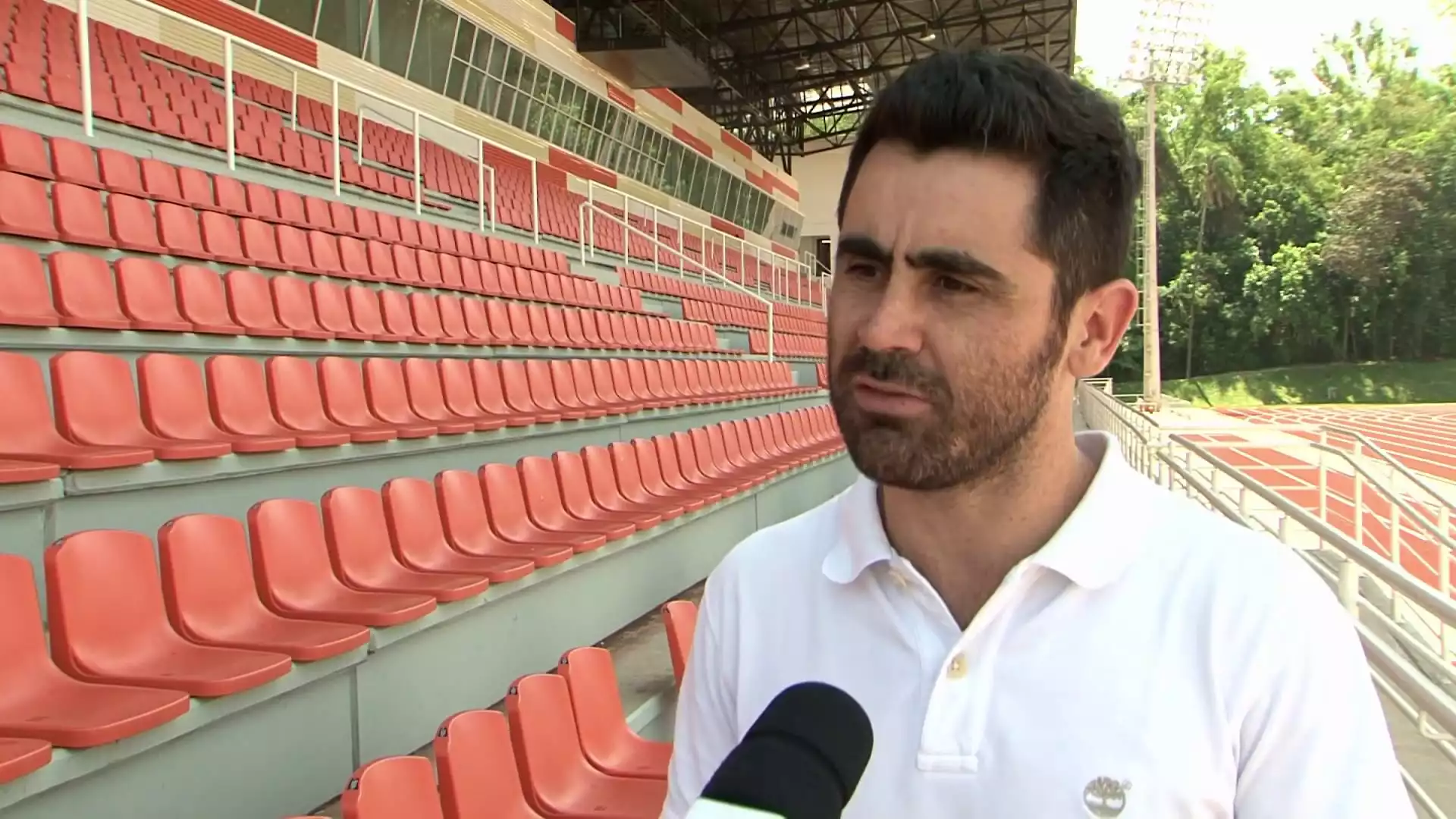Playing at Altitude
In the Venezuelan Primera, teams face a unique challenge that sets their matches apart from those in other leagues: the impact of altitude on gameplay. With many stadiums located in high-altitude cities like Mérida and Barinas, the thin air can significantly affect the way the game is played.
At higher altitudes, the reduced oxygen levels can make it harder for players to breathe, resulting in increased fatigue and reduced stamina. This can lead to a slower pace, decreased ball control, and even changes in strategy.
Teams like Estudiantes de Mérida and Zamora FC have become known for utilizing their home advantage, strategically adapting their gameplay to take advantage of the conditions.
Understanding the influence of altitude on gameplay is crucial for players, coaches, and fans alike, as it can greatly impact match outcomes and league standings.
Join us as we delve into the ways in which altitude affects gameplay in various venues across the Venezuelan Primera, exploring how teams have adapted and strategized to conquer the challenges of playing at high altitude.
Understanding the Impact of Altitude on Gameplay
Altitude plays a significant role in the Venezuelan Primera, with several stadiums situated at high elevations. The thin air at these venues poses unique challenges for players, affecting their performance and requiring them to adjust their game accordingly.
One of the primary effects of playing at high altitude is the reduced oxygen levels. At higher elevations, the air becomes thinner, making it harder for players to breathe. This lack of oxygen can lead to increased fatigue, decreased stamina, and even altitude sickness in some cases.
The reduced oxygen levels affect the body's ability to perform at its peak, resulting in slower movements and diminished physical capabilities. Players may find themselves gasping for breath more frequently, struggling to maintain the same level of intensity throughout the match.
Additionally, the reduced air density at high altitudes affects the flight of the ball. The thin air offers less resistance, causing the ball to travel faster and further than it would at lower altitudes. This change in ball dynamics can impact passing accuracy, shooting technique, and even goalkeeping.
High-Altitude Venues in the Venezuelan Primera
Several cities in Venezuela boast stadiums located at high altitudes, with Mérida and Barinas being notable examples. These venues present unique challenges for visiting teams, who must adapt to the thin air and its effects on gameplay.
Estadio Metropolitano de Mérida, home to Estudiantes de Mérida, is one of the highest-altitude stadiums in the league. Situated at an elevation of over 1,600 meters (5,200 feet), it poses significant challenges for visiting teams. The reduced oxygen levels and thinner air make it a daunting task for opponents to keep up with the home side's pace and intensity.
Another high-altitude venue is Estadio Agustín Tovar, located in Barinas and home to Zamora FC. At an elevation of around 300 meters (984 feet) above sea level, it may not be as high as Mérida's stadium, but the impact on gameplay is still noticeable. The reduced air density affects ball flight and players' physical capabilities, requiring them to adjust their tactics accordingly.
Effects of Playing at High Altitude
Playing at high altitude can have a profound impact on both the physical and mental aspects of the game. The reduced oxygen levels and thinner air make it harder for players to perform at their best, affecting their stamina, speed, and overall performance.
One of the most noticeable effects is the increased fatigue experienced by players. The reduced oxygen availability puts a strain on the body, making it harder to maintain the same level of energy throughout the match. Players may find themselves running out of breath more quickly and needing more frequent breaks to recover.
The decreased air density also affects the flight of the ball, making it travel faster and further. This change in ball dynamics can require players to adjust their passing accuracy, shooting technique, and defensive positioning. Goalkeepers, in particular, face unique challenges in judging the trajectory and speed of shots, as the ball behaves differently compared to matches at lower altitudes.
Strategies for Playing at High-Altitude Venues
Teams that regularly play at high-altitude venues have developed strategies and tactics to overcome the challenges posed by the thin air. These strategies often involve adapting the style of play to maximize their home advantage and exploit the difficulties faced by visiting teams.
One common strategy is to maintain a high tempo and intense pressing from the start of the match. The reduced oxygen levels make it harder for opponents to keep up with the home side's pace, leading to increased fatigue and potential mistakes. By setting a fast tempo, teams aim to exhaust their opponents and take advantage of any lapses in concentration.
Another tactic is to focus on quick, short passes and maintain possession of the ball. The reduced air density at high altitudes affects the flight of the ball, making it travel faster and further. By prioritizing short passes and ball control, teams can minimize the impact of the altered ball dynamics and maintain better control of the game.
Teams also tend to prioritize physical conditioning and endurance training to cope with the challenges of playing at high altitude. By improving their overall fitness levels, players can mitigate the effects of reduced oxygen levels and maintain their performance for longer durations.
Low-Altitude Venues in the Venezuelan Primera
While high-altitude venues dominate the Venezuelan Primera, there are also stadiums located at lower elevations. These venues offer different challenges and require teams to adapt their gameplay accordingly.
One such low-altitude venue is Estadio José Antonio Anzoátegui, home to Deportivo Anzoátegui. Situated in Puerto La Cruz at sea level, it presents a contrasting environment compared to the high-altitude stadiums. The higher air density at lower elevations affects ball flight and players' physical capabilities differently, necessitating adjustments in tactics.
Effects of Playing at Low Altitude
Playing at low altitude brings its own set of challenges and advantages. The higher air density at lower elevations affects the flight of the ball, making it travel slower and potentially reducing goal-scoring opportunities. This change in ball dynamics requires players to adapt their shooting technique, passing accuracy, and defensive positioning.
On the physical aspect, the higher oxygen levels at lower altitudes provide players with more ample oxygen for respiration. This can lead to enhanced stamina and reduced fatigue compared to matches played at high altitudes. Players may find it easier to maintain a higher intensity throughout the match and recover more quickly between bursts of exertion.
Strategies for Playing at Low-Altitude Venues
Teams playing at low-altitude venues often focus on exploiting the higher air density and slower ball dynamics to their advantage. Adjusting their tactics to suit the conditions can give them an edge over visiting teams and maximize their home advantage.
One strategy is to utilize long balls and aerial duels to take advantage of the slower ball flight. The higher air density at lower altitudes can cause the ball to travel slower, making it easier for players to judge its trajectory and timing. Teams may opt for more direct play, relying on long passes and crosses to create goal-scoring opportunities.
Another tactic is to prioritize pressing and aggressive defensive play. The slower ball dynamics at low altitudes may result in more predictable ball movement, allowing teams to anticipate and intercept passes more effectively. By pressuring the opposition and disrupting their passing game, teams can gain control of the match and create turnovers in advantageous positions.
Teams playing at low altitudes may also focus on physical conditioning and explosive bursts of speed. The higher oxygen levels provide players with more ample oxygen for respiration, allowing them to maintain a higher intensity throughout the match. By emphasizing speed and explosive movements, teams can exploit the advantages offered by the low-altitude environment.
Notable Matches Affected by Altitude
Throughout the history of the Venezuelan Primera, several matches have been influenced by the altitude and its impact on gameplay. These matches have showcased the challenges faced by visiting teams and the strategies employed by home sides to exploit their home advantage.
One memorable match affected by altitude was the encounter between Estudiantes de Mérida and a visiting team from a low-altitude venue. The visiting team struggled to cope with the reduced oxygen levels, leading to increased fatigue and reduced performance. Estudiantes de Mérida capitalized on their home advantage, pressing relentlessly and securing a convincing victory.
Another notable match was the clash between Zamora FC and a high-altitude team at Estadio Agustín Tovar. The visiting team struggled to adjust to the thin air, resulting in decreased ball control and slower movements. Zamora FC, accustomed to playing at high altitude, took advantage of the conditions and implemented their high-tempo pressing game to secure a crucial win.










